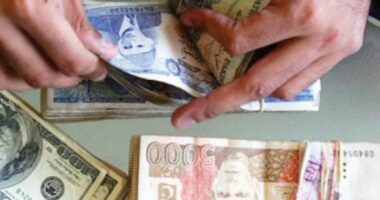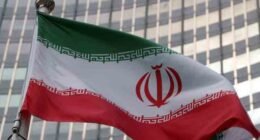The inflows of workers’ remittances sent home by overseas Pakistanis experienced a significant slowdown, declining by 14% to a cumulative $27 billion in the previous fiscal year that ended on June 30, 2023. The availability of a more favourable rupee-dollar exchange rate in illegal markets diverted the flows away from legal channels, impacting the country’s foreign exchange reserves, which currently stand critically low at $4.4 billion. The government has responded by implementing import controls to ensure the timely repayment of maturing foreign debt.
The State Bank of Pakistan (SBP) reported on Monday that non-resident Pakistanis had dispatched a record-high $31.3 billion in fiscal year 2022.
In June, the final month of FY23, remittances saw a 4% improvement hitting $2.2 billion compared to $2.1 billion received in the month of May 2023. Expatriates sent higher funds to their family members to celebrate Eidul Azha, which fell in the last week of the month. However, remittances for the month witnessed a 22% decline compared to the month last year.
Former director of research at Topline Securities, Yousuf M Farooq explained that “The government’s interventions in (legal) currency markets from time to time during the year kept creating differences in the rupee-dollar exchange rates between legal and illegal markets.”
“The availability of better exchange rates in the illegal hawala-hundi market attracted a section of overseas Pakistanis resulting in them sending funds through this channel to Pakistan,” he said.
During the year, the exchange rate gap widened to approximately Rs30 per dollar, impacting the inflows of workers’ remittances. Farooq noted that the slowdown in remittance inflows was mainly recorded from Middle Eastern countries such as Saudi Arabia and the United Arab Emirates (UAE), where hawala-hundi operators are present. In contrast, inflows remained comparatively better from compliant Western countries such as the United States (US) and the United Kingdom (UK).
Political and economic uncertainties also played a role, as non-residents opted to send only essential amounts to their relatives in their homeland. The uncertainties may also have led to a reduction in investment volumes in the real-estate and property sectors this year, he said.
Farooq mentioned that the difference in exchange rates narrowed down two to three weeks ago after Pakistan implemented measures to stabilise domestic currency markets, following the International Monetary Fund (IMF)’s recommendations in order to secure a newly signed $3 billion loan programme. The narrowing of the gap partially helped improve inflows for June.










